The first step in building a custom home is choosing a builder and meeting with them to discuss your dream house. You and your builder will discuss the features and amenities you would like to include and your budget. They will also look at available lots and inventory to determine the materials and features to make your dream home a reality. Once the plan and budget are determined, you will need to apply for financing for your project.
Preparing a Design Brief
Creating a design brief is essential if you plan to work with a design agency. This document helps the agency get a better idea of the kind of home you’re looking for. In addition to creating a visual representation of the project, a design brief helps the agency create a customized plan for your home, which will meet your needs and expectations.
Creating a design brief is vital because it defines your needs and wants and will help the design team make the best decisions. It is also useful when evaluating design options and making difficult decisions. In addition, it should be shared with the design team so that they will be aware of it. This document is like a functional program for the project and can help the team remain on track and keep from straying from the original vision.
Choosing a Builder
One of the first steps in the custom home building process is to choose a builder. This is essential because you want to work with a professional who will handle every aspect of the project. Ensure that the builder you choose has a phone number you can call directly rather than leaving messages with an answering service or a receptionist. In addition, the builder should be able to provide you with a team of subcontractors.
Choosing a builder who understands your needs and personal style is also essential. A good builder will listen to your needs, preferences, and budget and should be able to meet them. They should also have experience building the type of custom home you want. While every style has its challenges, builders that have built similar homes have learned from those challenges and can apply those to your design.
Choosing a Designer
Choosing a designer when building a customized home is an important decision. A good designer has the experience and the knowledge to help you create a beautiful and functional home. A designer should be well-versed in interior design, communicate with you effectively, and work well with other professionals. After all, your designer’s decisions will impact the choices of your architect and builder.
Before choosing a designer, you should know what you want your home to look like. Collecting pictures and magazine clippings that inspire you is a good starting point Also, determine the size of the home you want. Size is an important consideration, as zoning regulations and neighborhood ordinances often restrict the size of a custom home.
Choosing a Floor Plan
Choosing a floor plan when building – or renovating your existing home – should be based on your needs and wants. If your family is growing and your needs may change over time, it is essential to design a floor plan to accommodate these changes. This will ensure that you can maximize the amount of square footage available.
The first step is to determine your budget. The more realistic your budget is, the more flexible you can be when choosing a floor plan. Once you have established your budget, you can narrow down your choices. If you are still determining what you want, consider consulting with a custom home builder. They can translate your vision into a floor plan that best meets your needs.
Choosing Finishes
When building a custom home, you will have the opportunity to choose many features and finishes. For example, you can choose the number of bedrooms and bathrooms or add a wet bar and a built-in grill on your terrace. There are many choices to make, so it is helpful to be familiar with the terms and allow enough time for the selection process.
The choice of finishes is an integral part of the building process, but it can seem overwhelming. Custom home building experts are well aware of this fact and recommend selecting these details early on so that the process goes more smoothly.
Choosing Furnishings
When building a custom home, you’ll have more freedom to add focal points in rooms. These can be anything from a custom-upholstered sectional to a family heirloom table. However, if you use these pieces as focal points, you should know that they may be challenging to fit into the layout. Plan to make layout adjustments before the building process begins.
To get started, make a list of your preferences and ideas. Consider your life and whether you’ll need extra features such as a home office or mudroom. You may also want specific structural features, such as a fireplace or a separate entryway.

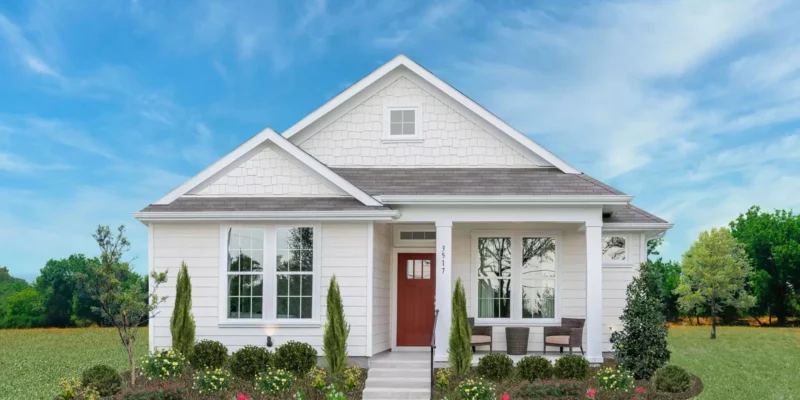


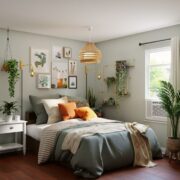

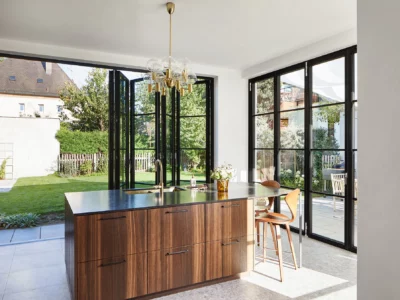
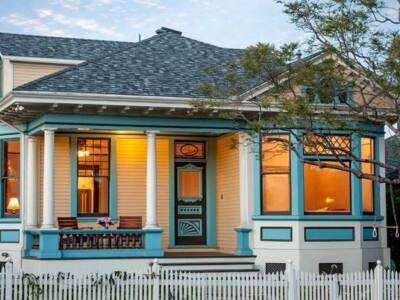
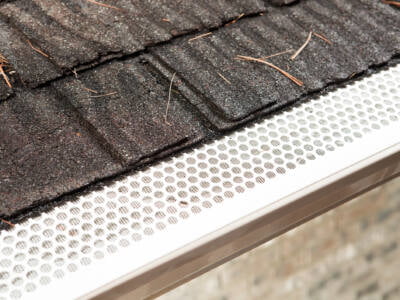
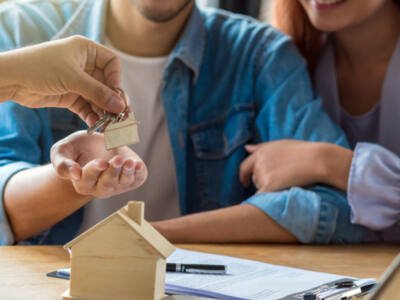
[…] Building a custom home is an involved process, and unexpected issues or decisions may arise. As a result, it’s important to be flexible and prepared to make decisions quickly. […]